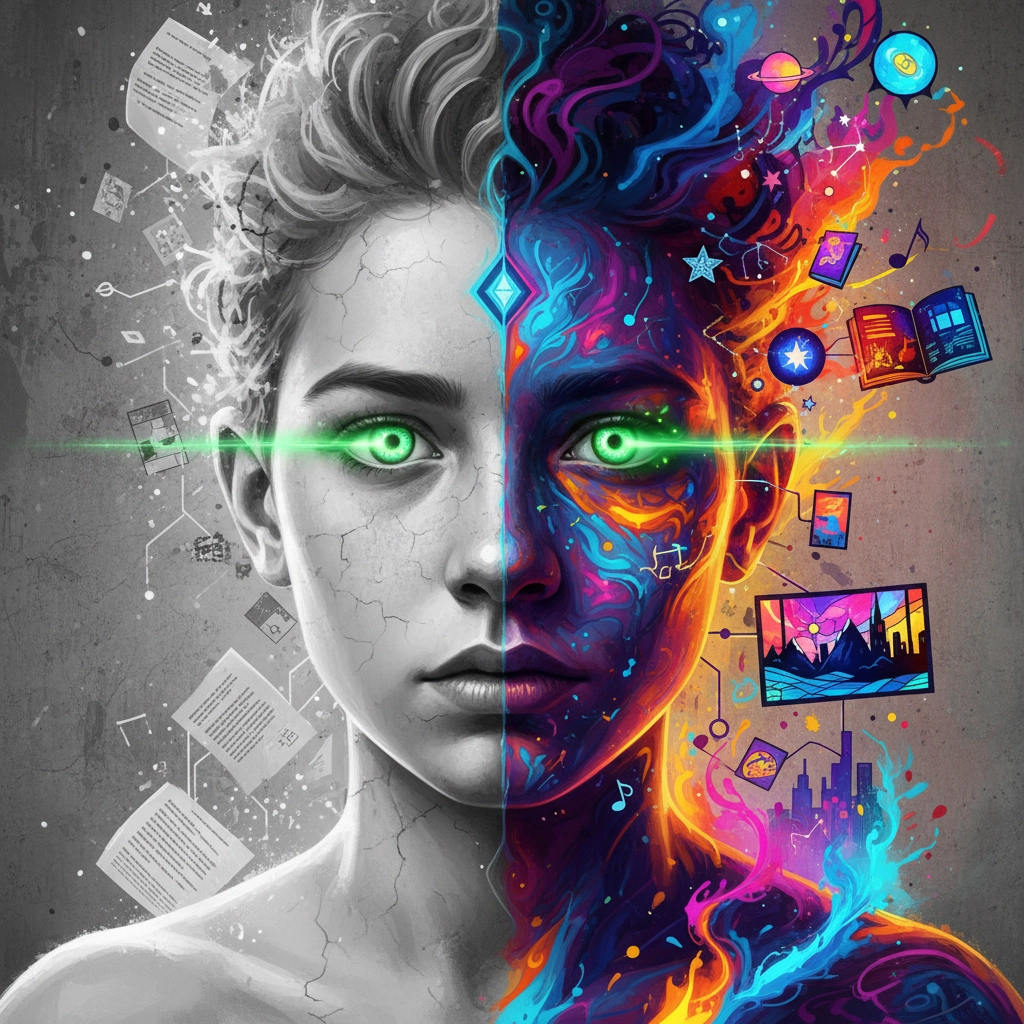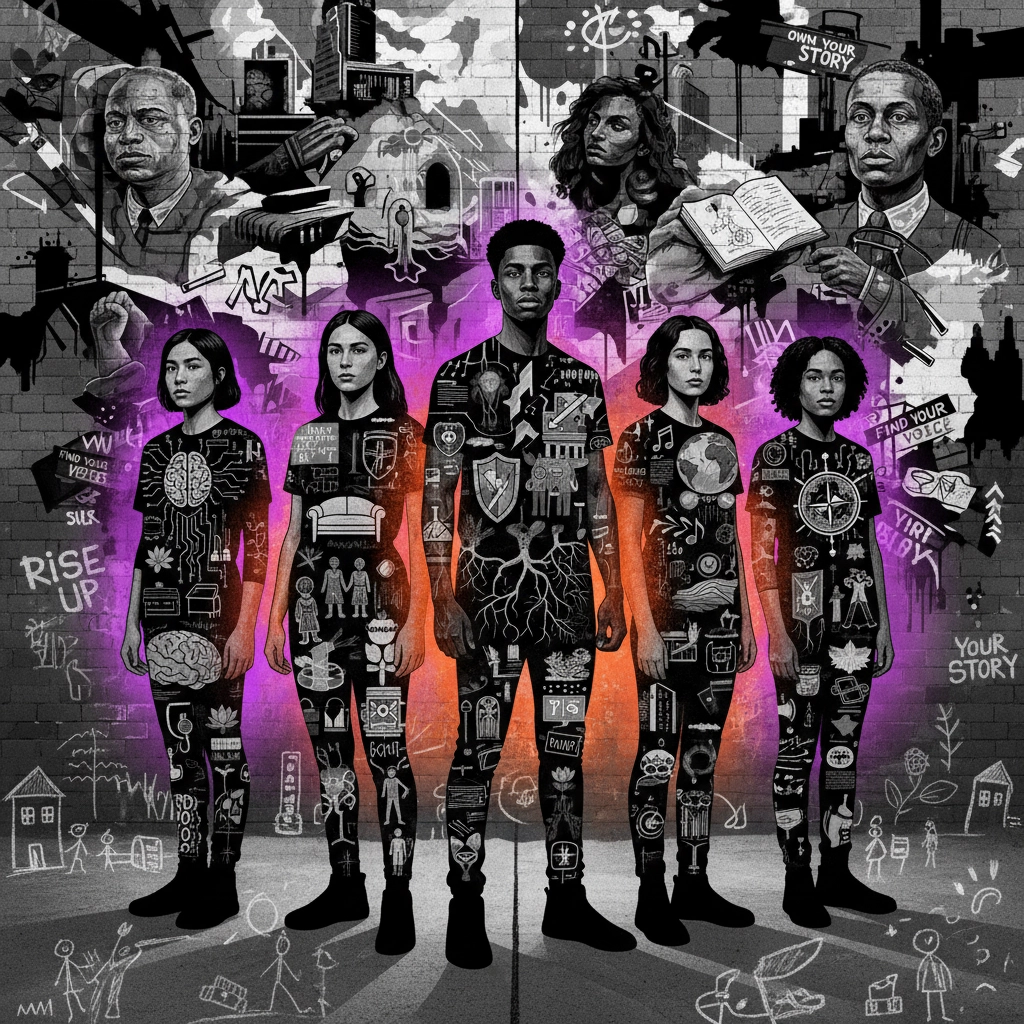Film Making for Young People: 7 Mistakes Schools Are Making (And How to Fix Them)
- dbmorgan
- 2 days ago
- 6 min read
Hey there, education champions!
Let's have an honest conversation about something that's been on my mind lately. Schools across the country are waking up to the incredible power of filmmaking for young people : especially those who've been failed by traditional teaching methods. But here's the thing: most are getting it spectacularly wrong.
And I get it. You want to give your students something transformative. You've heard the success stories, seen the spark in a young person's eyes when they hold a camera for the first time. You know that film making for young people isn't just about creating content : it's about creating confidence, community, and genuine pathways to the future.
But good intentions without the right approach? That's how we end up with disappointed students, frustrated teachers, and another "creative initiative" gathering dust in the cupboard.
After working with over 30 young adults through our programmes at Underdog Crew Studios, partnering with incredible schools like Doucecroft and Chelmsford CCI College, and watching countless well-meaning projects crash and burn, I've spotted seven critical mistakes that schools keep making.
Here's what's going wrong : and more importantly, how to fix it.

Mistake #1: Treating Film as "Just Another Subject"
The Problem: Schools often squeeze filmmaking into existing structures, treating it like any other lesson. Forty-minute slots, rigid timetables, assessment frameworks designed for traditional subjects. The result? Students never get the chance to experience the magic of collaborative storytelling or the deep satisfaction of seeing a project through from concept to completion.
The Reality Check: Film making for young people works because it breaks the rules. It's messy, non-linear, and gloriously unpredictable. When you force it into conventional classroom structures, you kill exactly what makes it transformative.
The Fix: Create dedicated project blocks. Give students extended time to develop ideas, collaborate, problem-solve, and iterate. At Underdog Crew, our SEND filmmaking projects run as intensive workshops where young people can lose themselves in the creative process without constantly watching the clock.
Mistake #2: Focusing on Equipment Over Storytelling
The Problem: Schools get seduced by shiny cameras and expensive editing software, thinking that professional equipment equals professional results. Meanwhile, students struggle with basic narrative structure, character development, and the fundamental skill of visual storytelling.
The Harsh Truth: Your students don't need £10,000 cameras. They need to understand that every story matters : especially theirs.
The Fix: Start with smartphones and free editing apps. Focus on story structure, emotional truth, and authentic voice. Some of our most powerful Teen Voices project films were shot entirely on phones by young people who had never touched a "proper" camera. The equipment supports the story, never the other way around.

Mistake #3: Assigning Projects Instead of Discovering Passions
The Problem: Teachers often arrive with predetermined projects: "Today we're making a documentary about the local history" or "Your assignment is to create a two-minute promotional video for the school." Students comply, but there's no soul in the work because there's no personal investment.
What Actually Happens: Young people switch off. They complete the assignment because they have to, not because they want to. And for SEND students especially, this approach completely misses the opportunity to tap into their unique perspectives and lived experiences.
The Solution: Start with questions, not assignments. "What story are you burning to tell?" "What would you want the world to understand about your experience?" "If you could change one thing through film, what would it be?"
At Doucecroft School, our students have created everything from mental health awareness campaigns to comedy sketches about autism misconceptions : all because we asked what mattered to them, not what we thought they should learn.
Mistake #4: Underestimating Young People's Capacity for Depth
The Problem: Schools often dumb down filmmaking for young people, assuming they want to make TikTok-style content or simple vlogs. This is particularly damaging for SEND students, who are frequently underestimated anyway.
The Truth: Young people are hungry for meaningful creative challenges. They want to tackle big themes, explore complex emotions, and create work that genuinely impacts others.
The Fix: Trust them with real stories. Our Teen Voices anthology has tackled suicide, family breakdown, social anxiety, and autism acceptance : because these young filmmakers insisted their stories deserved to be told with honesty and complexity. When you treat young people as serious artists, they rise to meet that expectation every single time.

Mistake #5: Creating in Isolation
The Problem: Many school film projects happen in bubbles. Students create work that only their teacher and classmates will ever see. There's no real audience, no genuine purpose, no connection to the wider world.
Why This Kills Motivation: If you're pouring your heart into a story that no one will ever see, why bother? Young people need to know their voices matter beyond the classroom walls.
The Solution: Build real platforms and audiences. Connect with local film festivals, community screenings, online showcases. Our partnership with the National Lottery funded Teen Voices project gives young creators a genuine platform where their stories reach thousands of people. Suddenly, every frame matters because real people are watching.
Mistake #6: Flying Solo Without Community Support
The Problem: Teachers try to deliver film education single-handedly, without connecting to local creative communities, industry professionals, or specialist support services. This is especially problematic for SEN empowerment projects, which need nuanced understanding of neurodiversity.
What Schools Miss: The power of bringing in voices from outside the education system. Young people need to see that creative careers are possible, that their different ways of thinking are actually superpowers in creative industries.
The Partnership Approach: At Underdog Crew Studios, we've built a network that includes working filmmakers, mental health advocates, local businesses, and community leaders. Students don't just learn from teachers : they learn from professional creators who are living proof that different minds create extraordinary work.
This is why our partnerships with Angling Direct, Essex Youth Trust, and local community organisations matter so much. Young people see that their creativity connects to real opportunities in the real world.

Mistake #7: Measuring Success Through Traditional Metrics
The Problem: Schools apply conventional assessment criteria to filmmaking projects: technical proficiency, adherence to brief, meeting deadlines. But the real transformation often happens in areas that can't be easily measured : confidence, communication skills, emotional resilience, creative problem-solving.
What This Misses: For young carers support and SEN empowerment, the victories often look different. It's the non-verbal student who finds their voice through visual storytelling. It's the anxious young person who discovers they're a natural director. It's the isolated teenager who suddenly has a crew who gets them.
A Better Approach: Measure growth, not perfection. Document the journey, not just the destination. Create space for reflection and celebration of personal breakthroughs alongside creative achievements.
One parent told us: "Ryan went from near-non-verbal to thriving creative performer through person-centric mentorship." That's not something you can capture in a traditional grade, but it's exactly the transformation film making for young people can create.
The Path Forward
Here's what I know after years of getting this right (and getting it wrong): creative arts education works when it's built on respect, authenticity, and genuine community connection.
Schools that partner with specialists like Underdog Crew Studios don't just add film to their curriculum : they transform how young people see themselves and their possibilities.
If you're an education leader, SENCO, or youth advocate reading this, you already know that traditional approaches aren't working for everyone. You've seen the young people who light up when given creative freedom, who find their voice through visual storytelling, who discover strengths they never knew they had.
The question isn't whether to bring filmmaking into your setting : it's how to do it in a way that truly serves your young people.

Ready to get this right?
If you're working with young carers, SEND students, or any young people who need something different from education, let's talk. Our SENergise programme has proven that when you combine creative empowerment with genuine understanding of neurodiversity, incredible things happen.
We're already partnering with schools across Essex to deliver film education that actually works. Want to join them?
Get in touch:Contact us to discuss how we can support your students' creative journey.
Because every young person deserves to see their story on screen : and to know that their voice matters.
Dominic MorganStudio Director, Underdog Crew StudiosBBC Make a Difference Award Winner 2025











Comments